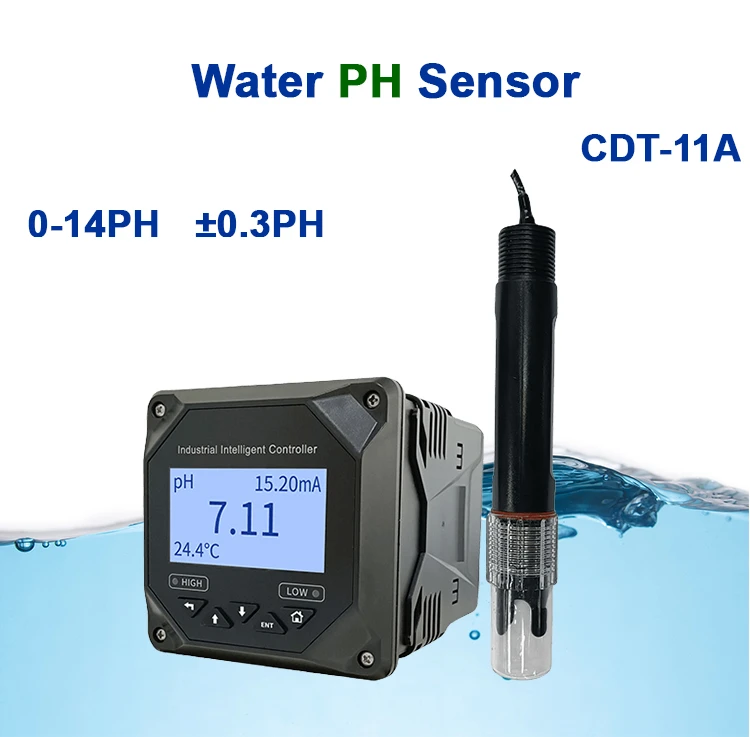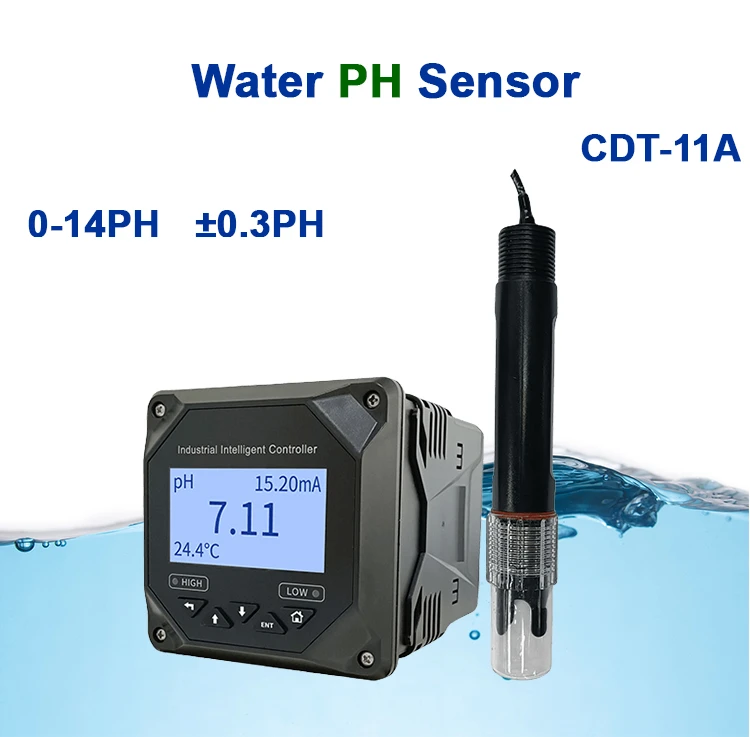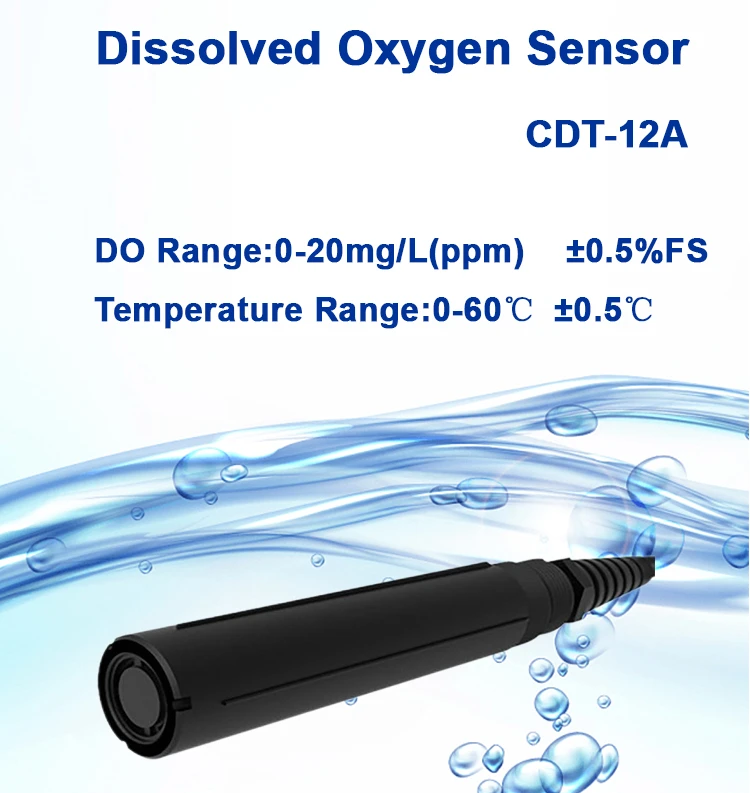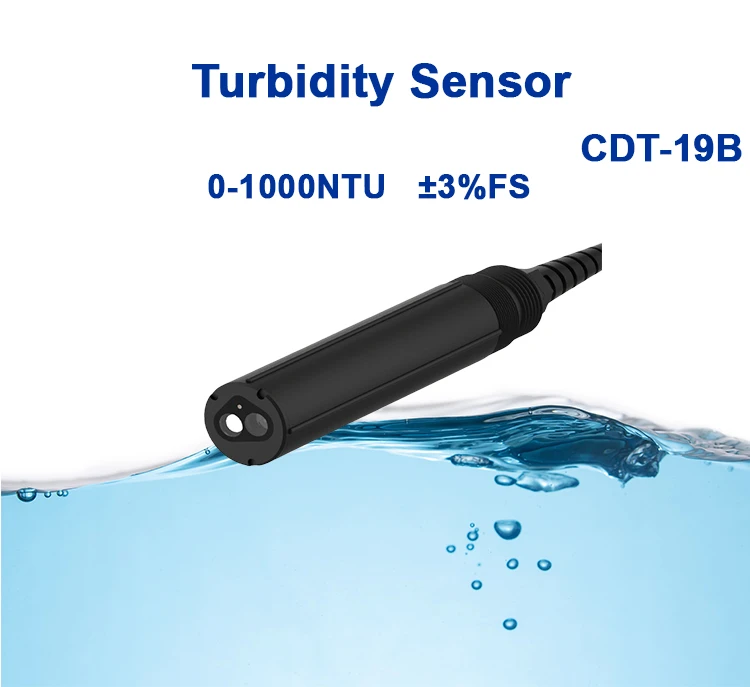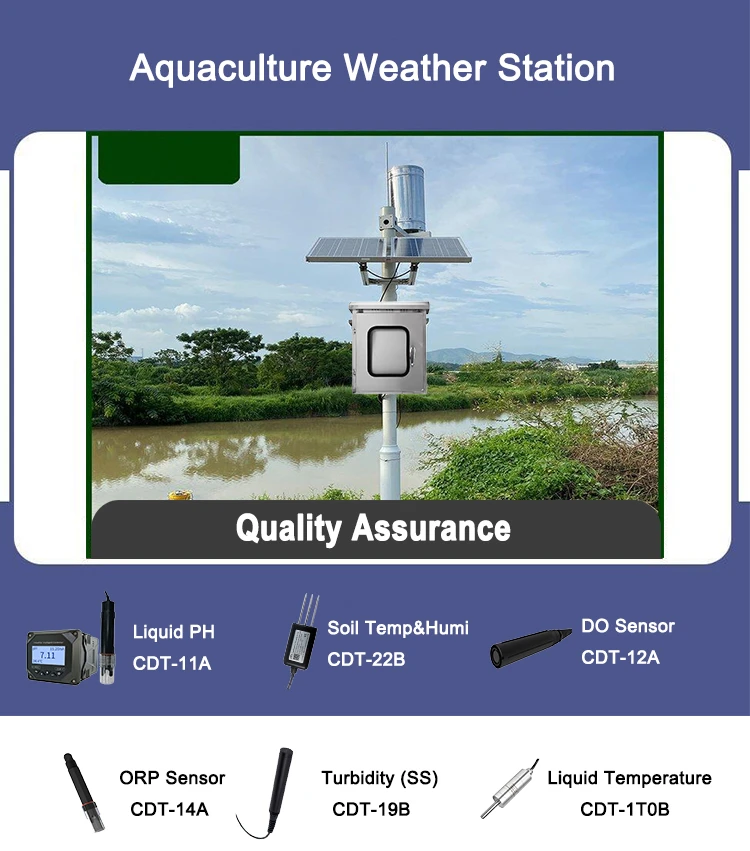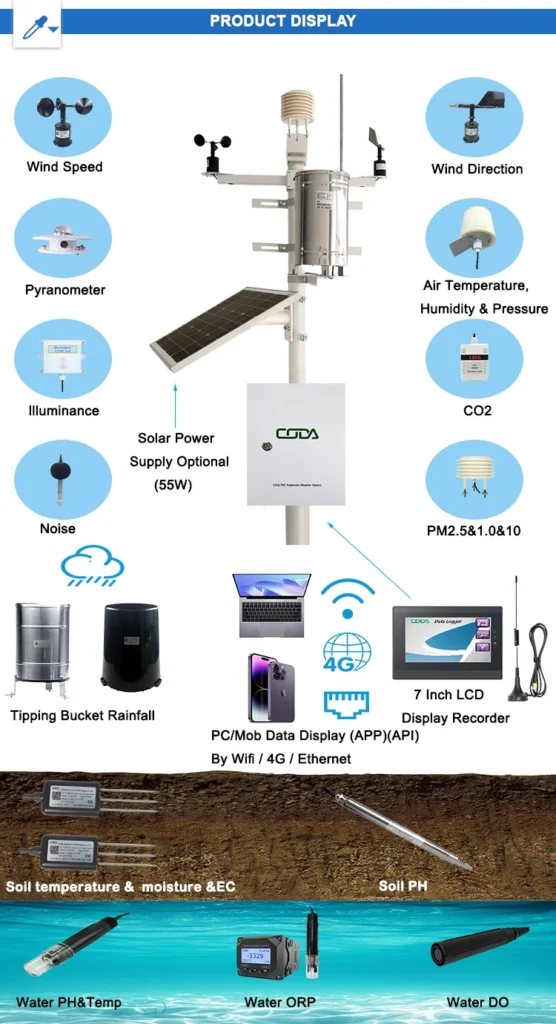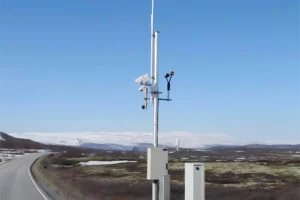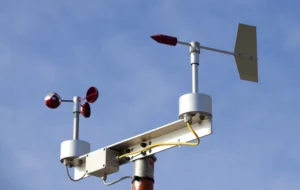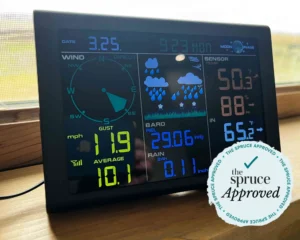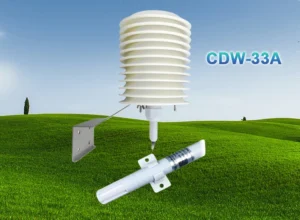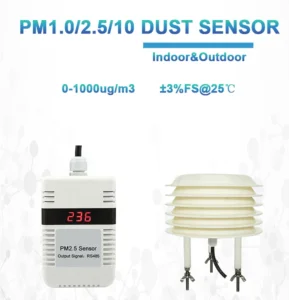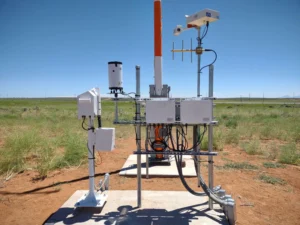what is water quality sensor
In our world, clean water is a basic need. However, it is a limited resource. Because of this, Aquatic quality sensors are important. They help keep our water safe and clean.
These sensors play a key role in monitoring and protecting water condition. They give important information for many activities. This means keeping public health safe and protecting fragile water ecosystems.
The Significance of Water Quality Monitoring
Water quality includes many physical, chemical, and biological traits. These traits decide how suitable the water is for different uses.
Water condition is important for drinking, farming, industry, and aquatic life. We need to understand it and keep it safe. Bad water quality can cause big problems. It can lead to diseases, harm ecosystems, and result in economic losses from dirty water sources.
Water parameter sensors are important for measuring changes in water condition. They help us act quickly to prevent and fix problems.
pH sensor
The pH level of water shows how acidic or basic it is. It is an important measure that water quality sensors track.
The pH scale ranges from 0 to 14. A pH of 7 is neutral. Values below 7 show the water is acidic. Values above 7 mean the water is alkaline.
Different aquatic organisms need specific pH levels to survive. If the pH level changes too much, it can harm their health and reproduction. Many fish species do well in slightly acidic to neutral waters.
Some plants and small animals can live in more alkaline conditions. pH sensors often use glass or ion-selective electrodes. They check how many hydrogen ions are in the water. This provides accurate and real-time pH readings.
Dissolved Oxygen sensor
Dissolved oxygen (DO) is the oxygen gas that is in water. It is vital for aquatic life. Just like humans need oxygen to breathe, fish and other water creatures depend on dissolved oxygen to live.
Many things can change how much dissolved oxygen is in water. These include temperature, water flow, and organic matter. Higher water temperatures usually lower the amount of oxygen that can dissolve.
More organic matter breaking down can use up oxygen. This can create low-oxygen (hypoxic) or no-oxygen (anoxic) conditions. Dissolved oxygen (DO) sensors check how much oxygen is in the water.
They use electrochemical or optical methods. Electrochemical sensors often have an electrode covered by a membrane.
This membrane lets oxygen pass into the sensor. Inside, oxygen reacts chemically. This reaction creates an electrical signal that matches the oxygen level.
Optical sensors use special dyes that glow. These dyes change brightness when oxygen is around. This method is safe and very good for measuring dissolved oxygen (DO).
Electrical Conductivity sensor
Electrical conductivity (EC) measures how well water can conduct electricity. It relates to the amount of dissolved ions in the water. These ions can include salts, minerals, and other dissolved substances. In general, water with high levels of dissolved solids will have a higher electrical conductivity.
EC sensors have two main parts. These parts are called electrodes. Researchers place these electrodes in the water and send an electric current between them.
We measure how much the water resists electric flow between the electrodes. From this, we can find the electrical conductivity.
Monitoring electrical conductivity (EC) is important for several reasons. It helps check the salt levels in seawater. It also finds pollutants in freshwater. Additionally, it tracks the quality of water used in industries.
Turbidity sensor
Turbidity is how cloudy water looks. Particles like clay, silt, organic matter, and plankton float in it. High turbidity can block light from getting into the water.
This can harm plants that need light. It can also disrupt the food chain in water ecosystems.
Turbidity can change how water tastes and smells. This makes it not as good for drinking. Turbidity sensors check how much light is blocked or scattered by particles in the water.
When turbidity goes up, more light scatters. The sensor notices this change and gives a turbidity reading.
Nutrient Levels
Nutrients such as nitrogen and phosphorus are important for the growth of water plants and algae. Too many nutrients can cause eutrophication. Too many nutrients can cause algae and other water plants to grow quickly. This can lead to less oxygen, fish deaths, and worse water quality.
Aquatic quality sensors can measure the levels of different nutrients in water. These nutrients include nitrate, nitrite, ammonium, and phosphate.
The sensors often use chemical or electrical methods. They find out how much of each nutrient is present. This helps to find and deal with eutrophication problems early.
Types of Water parameter sensor
Electrochemical Sensors
Electrochemical sensors are often used to check water quality. They are sensitive, selective, and cost-effective. These sensors work using electrochemical reactions. They measure the analyte, which is the substance we care about.
When the analyte interacts with the sensor’s electrode, it makes an electrical signal. Researchers can measure this signal. They can then connect it to the amount of the analyte.
They can use sensors to check how good the water is. These sensors check factors like pH, dissolved oxygen, and nutrient levels.
Optical Sensors
Optical sensors use light to check water quality. They have many benefits. And they are non-invasive and very sensitive. They can measure many things at the same time.
Optical sensors can check how cloudy the water is. They can also measure the amount of dissolved oxygen and some substances in the water. One example is chlorophyll, which shows algal growth. Some optical sensors use fluorescent dyes or nanoparticles.
These materials work with the analyte and produce a signal that can be detected. Other sensors depend on the analyte to absorb or scatter light.
Biosensors
Biosensors use biological parts such as enzymes, antibodies, or whole cells. They work with a transducer to find and measure specific substances in water. These sensors are both specific and sensitive. They can find harmful biological and chemical substances in water.
Biosensors can find harmful bacteria, viruses, and toxins in water. They can also track the breakdown of organic pollutants. A biosensor that uses enzymes can find certain enzymes produced by bacteria. This shows that those bacteria are in the water.
Applications of Water Quality Sensors
Drinking Water Treatment
Water sensors help keep drinking water safe and clean. We use them at various stages of water treatment. This includes checking the source water and the distribution system.
Sensors can check important factors like pH, turbidity, and dissolved oxygen. They can also find harmful things like heavy metals, pesticides, and germs. By constantly checking water condition, treatment plants can change their processes right away. This helps make sure the water is safe for drinking.
Industrial Water Management
Industries use a lot of water for many tasks. They need it for cooling, cleaning, and making products. Water quality probes check the water used in these tasks.
They make sure the water is safe for each use. In power plants, sensors watch the quality of the cooling water.
This helps stop scaling, corrosion, and the growth of germs. In the semiconductor industry, sensors test the water’s purity used in making products. This ensures the final product is of high quality.
Aquatic Ecosystem Monitoring
Water condition probe are crucial for understanding and protecting aquatic ecosystems. They help check the health of rivers, lakes, oceans, and wetlands. They measure things like pH, dissolved oxygen, cloudiness, and nutrient levels.
By collecting long-term data on water condition, scientists can spot trends and changes in aquatic ecosystems. They can find pollutants and see how people affect these ecosystems. You can use this information to make and use plans for saving and managing water resources.
Environmental Monitoring and Research
Water quality probes help us watch the environment. Researchers use them to see how climate change and pollution affect water. Scientists use sensors to collect data on water condition in different places and conditions.
This data helps us make models and predictions about future water quality changes. This information is important for making policies and plans to protect and manage water resources.
conclusion
Aquatic quality sensors are important tools. They help us check and protect our water. They give us key data on different water quality factors.
This helps us make good choices about managing and protecting water. As the need for clean water grows, advanced water sensors will matter more. They help keep our water safe and protect the health of our planet.
